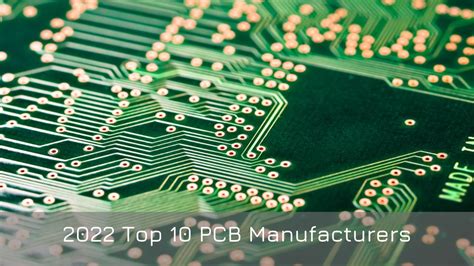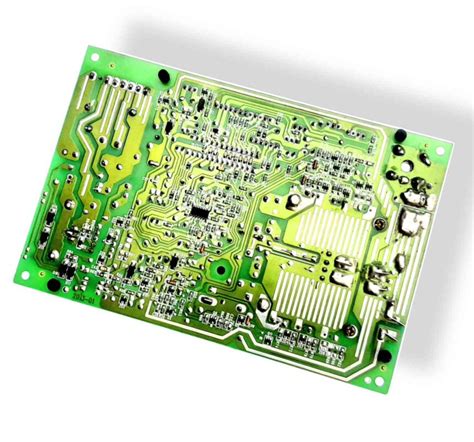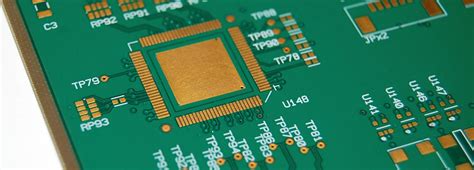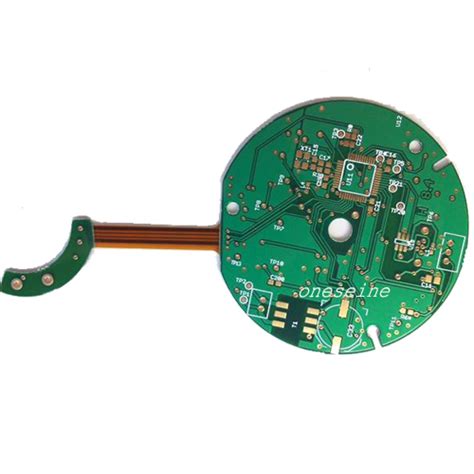Seven steps to teach you how to determine PCB layout and wiring
PCB (Printed Circuit Board), Chinese name for printed circuit board, also known as printed circuit board, printed circuit board, is an important electronic component, a support for electronic components, and a provider of electrical connections for electronic components. Because it is made using electronic printing, it is called a “printed” circuit board.
As PCB size requirements become smaller and smaller, device density requirements become higher and higher, and PCB design becomes more and more difficult. How to achieve a high PCB routing rate and shorten the design time? Then let’s talk about the design skills for PCB planning, layout and wiring.
Before starting wiring, the design should be carefully analyzed and the tool software should be carefully set up, which will make the design more in line with the requirements.
1.Determine the number of PCB layers
The size of the circuit board and the number of wiring layers need to be determined at the beginning of the design. The number of wiring layers and the stack-up method will directly affect the wiring and impedance of the printed line.
The size of the board helps to determine the stacking method and the width of the printed line to achieve the desired design effect. At present, the cost difference between multi-layer boards is very small. When starting the design, it is best to use more circuit layers and evenly distribute the copper.

2.Design rules and restrictions
To successfully complete the wiring task, the wiring tool needs to work under the correct rules and restrictions. To classify all signal lines with special requirements, each signal class should have a priority. The higher the priority, the stricter the rules.
The rules involve the width of the printed line, the maximum number of vias, parallelism, the mutual influence between signal lines, and the restrictions of the layer. These rules have a great impact on the performance of the wiring tool. Careful consideration of design requirements is an important step in successful wiring.

3.Component layout
During the optimization assembly process, the design for manufacturability (DFM) rules will restrict the layout of components. If the assembly department allows the movement of components, the circuit can be properly optimized, which is more convenient for automatic wiring.
The defined rules and constraints will affect the layout design.
The automatic wiring tool will only consider one signal at a time. By setting the constraints for wiring and setting the layers where the signal lines can be laid, the wiring tool can complete the wiring as the designer envisions. For example, for the layout of the power line:
In the PCB layout, the power decoupling circuit should be designed near the relevant circuits, rather than placed in the power supply part, otherwise it will not only affect the bypass effect, but also cause pulsating current to flow through the power line and the ground line, causing interference;
For the power supply direction inside the circuit, it should be powered from the final stage to the front stage, and the power filter capacitor of this part should be arranged near the final stage;
For some major current channels, such as disconnecting or measuring the current during debugging and testing, current gaps should be arranged on the printed conductors during layout.
In addition, it should be noted that the voltage-stabilized power supply should be arranged on a separate printed circuit board as much as possible during layout. When the power supply and the circuit share the printed circuit board, in the layout, the voltage-stabilized power supply and the circuit components should be mixed or the power supply and the circuit should be grounded. Because this kind of wiring is not only prone to interference, but also the load cannot be disconnected during maintenance, and only part of the printed conductor can be cut, thereby damaging the printed circuit board.

4.Fan-out design
During the fan-out design stage, each pin of the surface mount device should have at least one via so that the circuit board can perform inner layer connections, online testing and circuit reprocessing when more connections are needed.
In order to maximize the efficiency of the automatic routing tool, it is necessary to use the largest via size and printed wire as much as possible, and the spacing is set to 50mil. The via type that maximizes the number of routing paths should be used. After careful consideration and prediction, the design of the circuit online test can be carried out in the early stage of the design and implemented in the later stage of the production process. The via fan-out type is determined according to the routing path and the circuit online test. The power supply and grounding will also affect the routing and fan-out design.
5.Manual routing and processing of key signals
Manual routing is an important process in printed circuit board design now and in the future. The use of manual routing helps the automatic routing tool to complete the routing work. By manually routing and fixing the selected network (net), a path that can be relied on for automatic routing can be formed.
First, route the key signals, either manually or in combination with the automatic routing tool. After the wiring is completed, the relevant engineering and technical personnel will check the signal wiring. After the inspection is passed, these wires will be fixed, and then the remaining signals will be automatically wired. Due to the existence of impedance in the ground wire, common impedance interference will be brought to the circuit.
Therefore, when wiring, all points with ground symbols cannot be connected at will, which may cause harmful coupling and affect the operation of the circuit. When the frequency is high, the inductive reactance of the wire will be several orders of magnitude larger than the resistance of the wire itself. At this time, even if only a small high-frequency current flows through the wire, a certain high-frequency voltage drop will be generated.
Therefore, for high-frequency circuits, the PCB layout should be arranged as compactly as possible to make the printed wires as short as possible. There are also mutual inductance and capacitance between printed wires. When the operating frequency is high, it will interfere with other parts, which is called parasitic coupling interference. The suppression methods that can be taken are:

Try to shorten the signal routing between levels;
Arrange the circuits at each level in the order of the signal to avoid the signal lines at each level crossing each other;
The wires of the two adjacent panels should be vertical or cross, not parallel;
When the signal wires are to be laid in parallel in the board, these wires should be spaced as far as possible, or separated by ground wires and power wires to achieve the purpose of shielding.
6.Automatic routing
For the routing of key signals, it is necessary to consider controlling some electrical parameters during routing, such as reducing distributed inductance, etc. After understanding the input parameters of the automatic routing tool and the impact of the input parameters on the routing, the quality of automatic routing can be guaranteed to a certain extent. General rules should be used when automatically routing signals.
By setting restrictions and prohibited routing areas to limit the layers used by a given signal and the number of vias used, the routing tool can automatically route according to the engineer’s design ideas. After setting the constraints and applying the created rules, the automatic routing will achieve results close to the expectations. After a part of the design is completed, it will be fixed to prevent it from being affected by the subsequent routing process.
The number of routing times depends on the complexity of the circuit and the number of general rules defined. Today’s automatic routing tools are very powerful and can usually complete 100% of the routing. However, when the automatic routing tool does not complete all signal routing, the remaining signals need to be manually routed.
7.Arrangement of routing
Some signals with few constraints have long routing lengths. At this time, you can first determine which routing is reasonable and which is unreasonable, and then manually edit to shorten the signal routing length and reduce the number of vias.







